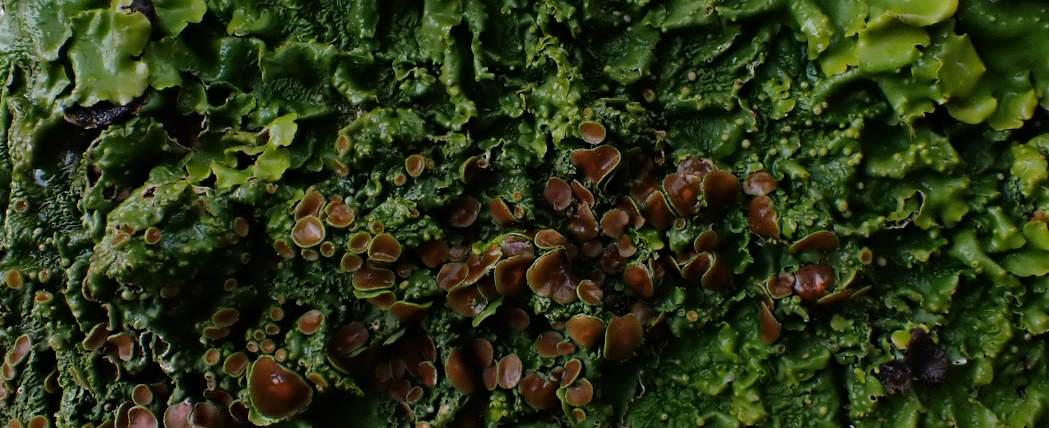I’m enjoying Robbie Phillips’ (and everyone else’s) grade rants on Instagram at the moment, and it’s got me thinking about some of the similarities between climbing grades and taxonomy – the science of biological classification.
Whereas climbing has numerous grading systems depending on what you’re climbing and where in the world you’re climbing it, biology has one. Based upon a system popularised by Carl Linnaeus in seventeen-hundred-and-something, organisms are named according to levels of increasing inclusivity. Species are at the finest end of the scale, with closely related species being included in the same genus; this is the basis of the ‘latin’ name that we’re all used to seeing. As an example, the lichen genus (pl. genera) Parmelia contains several related species: Parmelia sulcata, Parmelia saxatilis, Parmelia omphalodes etc. Related genera are grouped together into Families, Families into Orders, Orders into Classes, Classes into Phyla, and Phyla into Kingdoms. Understanding how organisms are organised within these different ranks is a key part of how we characterise biological diversity. It’s when we try to decide where any given organism fits within this classification system that the similarities to climbing grades become apparent
Both grades and taxonomy can be, to a greater or lesser extent, subjective. Whether something fits into one level or another only really makes sense within the context of whatever classification system it is that you’re using, and where the boundaries fall will depend entirely on the rules that you use. 7b+ or 7c if you’re short. E9 if you go one way, E7 if you go the other. HS if you can jam, E3 if you can’t. E1? HVS with pads mate. While the aim is to reach some sort of consensus grade there will always be folks who disagree, and defining species can be just as controversial. Although the levels of biological classification are more-or-less fixed, where the edges between them actually lie is up for debate and can be influenced by how you go about defining a species (what’s called a species concept). Do you define species by whether they interbreed (biological species concept), have similar DNA (phylogenetic species concept), look similar (morphological species concept), or live in similar places (ecological species concept)? In some tidy situations species might be well defined by all of these criteria, but often the answer changes depending on how you approach the question.

Classification systems tend to evolve over time and just as climbing grades vary from one edition of the guide to another, so species names change. Lichen taxonomy in particular has undergone extensive revision in recent years. Lobaria virens has turned into Ricasolia virens (main picture). Alectoria nigricans became Gowardia nigricans, only to revert to its original name a few years later. The entire family Teloschistaceae was broken up leading to new names for a remarkable 31 genera, the validity of which are still to be determined.

Like in climbing, debates about taxonomy can become heated. Just as a first ascensionist might not be happy about their route being downgraded, so a taxonomist could find themselves having to defend their new species circumscription against suggestions that it might be wrong. Once a new grade or revised species is finally settled on, the outcome can have repercussions for anyone using those classification systems. It can be demoralising to find that the route you’ve proudly been citing as the hardest thing you’ve ever done has been downgraded, and nothing frustrates a lichenologist like being told that you shouldn’t refer to your favourite lichen by the name you’ve been using quite happily for the past twenty-five years. Both grades and taxonomy can be cruel.
It’s all, of course, meaningless. A lichen doesn’t know what species it is any more than a rock knows how hard it is to climb, their names and grades imposed on them by us as a means of better interpreting our world. All part of this weird human desire to classify things. Yet meaningless as it is, I do wonder whether there’s some deep rooted evolutionary reason for this sort of behaviour. Non-human animals have been classifying things as food or not-food for hundreds of millions of years, and an innate desire to put things in boxes might literally be written in our DNA. Or it might not. At the end of the day, I just enjoy climbing rocks and looking at lichens. The rest is just academic.
NC

